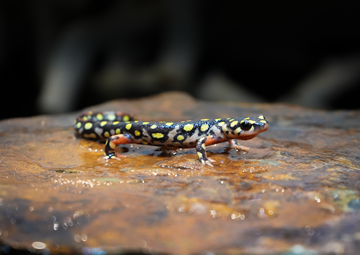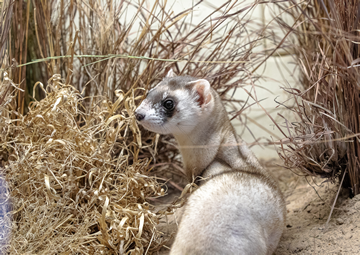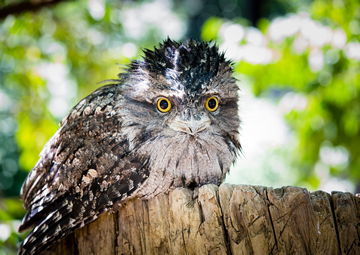In the Pacific Ocean, there is a floating island twice the size of Texas. It floats halfway between California and Hawaii. But you won’t find white sands or palm trees on this island- this island is made entirely of garbage.
The Great Pacific Garbage Patch is made up of over 1.8 trillion pieces of trash. The 2018 study “Frequency of Microplastics in Mesopelagic Fishes from the Northwest Atlantic” found that 73% of deep-water fish in the North Atlantic Ocean had consumed microplastics.
Microplastics are pieces of plastic that are less than five millimeters in length. About the size of a sesame seed, these microplastics come in all shapes and colors and are the most prevalent plastic debris found in lakes and oceans.
But it’s not just fish that consume these harmful particles. A 2022 study found tiny plastic particles deep in the lungs and blood of humans. Over time, plastics can shred down to fibers thinner than a strand of hair. These plastics can become airborne and easily be inhaled by people.
On average 380 million metric tons of plastic are produced every year, and at least 14 million tons of that plastic ends up in our oceans annually.
Oftentimes, when hearing information like this, it can be stressful. It’s easy to feel hopeless and dejected when considering the data. But there are ways that individuals can make real changes to help this problem.
The Sedgwick County Zoo has partnered with the Plastic Free Foundation to participate in Plastic Free July. This is a global movement to bring people together to be part of the solution to decrease plastic pollution.
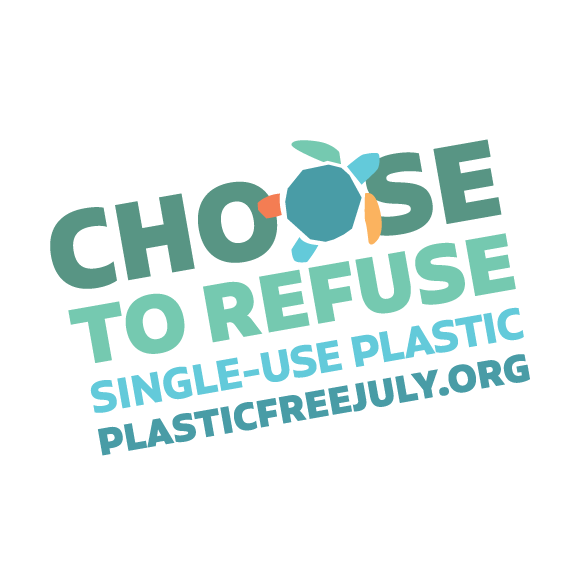
Kimberly Olsen is a zookeeper at the Farms and the President of the Zoo’s Green Team. This advisory group looks into how the Zoo can be more sustainable. For the last six years, the Green Team has been responsible for ensuring the Zoo takes action during Plastic Free July.
“Just not getting a single-use plastic item to begin with is a great way to reduce.” Olsen said. “If we can reduce the single-use plastic before it even reaches our home- choosing other items that come in cardboard packaging or metal packaging is a better step to take. “
Single-use plastics are plastic items used once and then thrown away- things like straws, plastic water bottles, Styrofoam cups, and carry-out containers from restaurants. They’re only useful for about 15 minutes, but can take up to 500 years to disintegrate.
The point of Plastic Free July is not to cut all plastic from your life, but rather to make realistic sustainable choices. It’s all about making a few changes and being consistent with them.
Something as simple as using a reusable cup can make big waves in decreasing plastic. Using a reusable water bottle could prevent an average of 156 plastic water bottles from ending up in landfills annually.
Americans on average throw away 25 billion Styrofoam coffee cups every year- just using a reusable coffee tumbler could help decrease that number.
Plastic straws are particularly prone to ending up in our waterways and oceans. Five hundred million straws are used each day in the United States. Using a reusable straw will help prevent that, and when it comes to reusable straws, there are lots of options.
“Silicone straws are my favorite to use,” Olsen said. “A lot of people don’t like the metal straws because it hurts their teeth, or paper straws because they dissolve. So, I like silicone straws.”
And the next time you go out for ice cream, get a cone instead of a bowl. Getting an ice cream cone means no cup and no spoon that’ll just end up in a landfill.
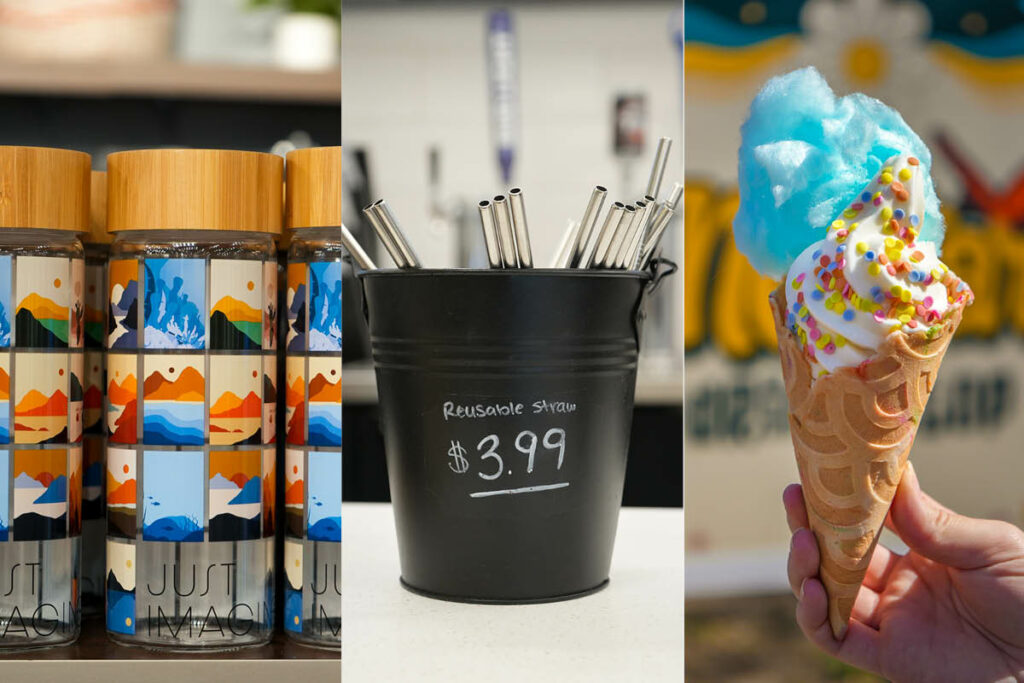
Even something as simple as correctly recycling the plastic you do use can make a huge impact. Only about 10% of plastic is actually recycled.
“Recycling is a really good option,” Olsen said. “But reducing our plastic usage in the first place is a much better option.”
Making these changes by yourself can seem daunting, but it’s important to remember that you aren’t alone-literally. The Sedgwick County Zoo has put together a friendly competition to encourage people to engage with Plastic Free July.
Join one of four teams and log the plastic-reducing actions you’re taking.
For every action that you choose to decrease your plastic consumption, you can log it on your team’s website to earn points. At the end of the month, you’ll even receive an impact report telling you how your actions impacted the environment.
“It’s cool to see the impact that you had,” Olsen said. “You may not be big by yourself, but add that to everybody else’s impact and it adds up to a lot.”
The winning team and the three participants that score the most points win more than just bragging rights-they win tangible prizes. In the past these prizes have included reusable items from the Zoo Store, paintings done by Zoo animals, and gift cards to local businesses.
But the real motivator in Plastic Free July is making a positive impact on our environment.
Olsen said that it can be easy to get discouraged or overwhelmed when looking at how to reduce your plastic consumption. But it’s not about being perfect, it’s about making small consistent changes that add up to something big.
Join the challenge! Click on a team mascot to sign up.

